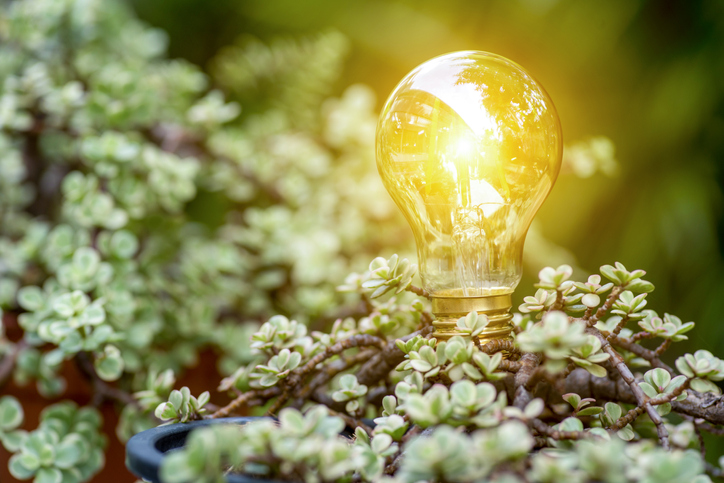Protecting our Water Supply
Our diagnostic testing processes rely on clean water to ensure high quality testing results. Returning clean water to the sanitary sewer is an important part of our commitment to our communities and our environment.
Our diagnostic testing processes rely on clean water to ensure high quality testing results. Returning clean water to the sanitary sewer is an important part of our commitment to our communities and our environment.
We’re proud to be a leader in wastewater management within the laboratory sector. In partnership with our vendors, we have invested over $3 million since 2008 to develop an innovative system to treat waste-water containing sodium azide at 7 of our largest laboratory locations in Canada. Sodium azide is a preservation agent used in many lab tests. It is highly hazardous and, if not managed appropriately, can pose significant risks to employees, facilities and the environment.

The unique system we developed breaks down the sodium azide and removes contaminants from the water before it is returned to the sanitary sewer system. We are the first diagnostic testing lab in Canada to implement this sodium azide treatment system, demonstrating our commitment to environmental responsibility in healthcare.

Furthermore, we also have updated our pollution prevention strategy by creating individualized pollution prevention plans for all of our regional laboratory spaces. These plans cover all our lab instruments, chemical inputs, chemical outputs, and how each liquid wastewater is disposed of (collected, treated, or returned to city infrastructure). As the name indicates, these plans ensure that we keep Canada’s water free of pollution.
What difference can a simple light bulb make? About 80% less energy actually! When you multiply that by 2,200 fixtures, that’s a lot of energy savings! Not only does that save energy, but it reduces the amount of pollution created and resources to make that energy, and it helps us minimize our environmental footprint.

We are working towards sustainability one bulb at a time. Over the last several years, LifeLabs has converted more than 2,200 fixtures to light-emitting diode (LED) technology in labs across Canada through its lighting efficiency upgrade program. These improvements significantly reduce carbon emissions, reduce waste, and save on energy costs.
This “LEDification” originally started in our four largest lab locations (100% LED) and it continues to be implemented in our 420+ sites nationally. In most cases, these new bulbs are 80% more efficient than fluorescent lights because they emit considerably less heat. LEDs also have the added benefit of lasting 20,000 hours more than fluorescent lights and contain no mercury.

When combined with having Building Automated Systems in our largest four labs, we are able to lower the waste of energy and improve the efficiency of operations in our facilities.
For rush results (NAAT within 12 hours and PCR within 24 hours)
6084 Russ Baker Way
Richmond near Airport
6084 Russ Baker Way
Richmond near Airport
Pre-Departure testing now available from the comfort of your home with MyVisit (Currently Greater Toronto Area only)
MyVisit Pre-departure testing offers:
The MyVisit fee is $80 per person.
Pre-Departure testing
Book your appointment online here. If your flight is within the next five days and you have received your FlyClear requisition, please contact a MyVisit coordinator 1-416-993-9579 (Monday – Friday, 9am-5pm EST).